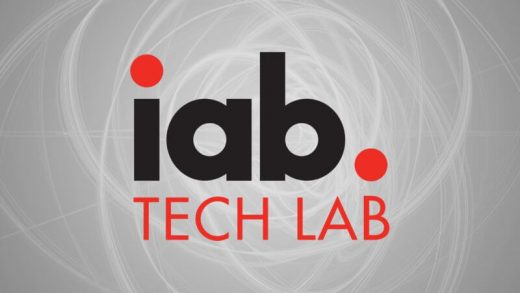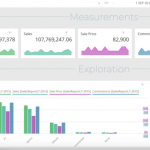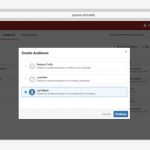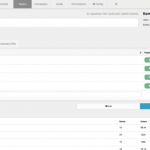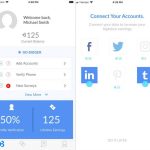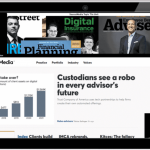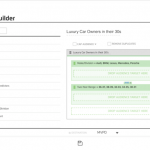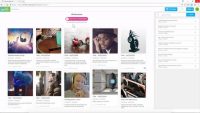IAB Tech Lab issues first software: A universal SDK for viewability
The Open Measurement SDK, and a later API for websites, seek to create one industry-wide data stream for viewability stats.
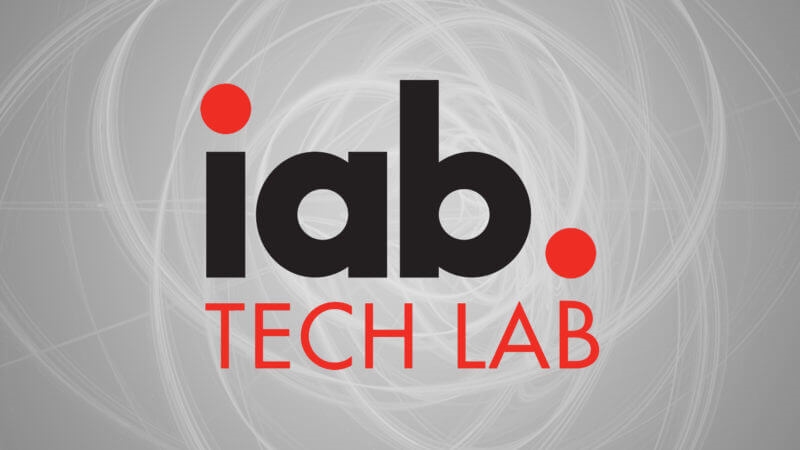
The struggle over ad viewability has been compounded by the different kinds of data available.
To help remove that variable about ad display, the Interactive Advertising Bureau (IAB) Tech Lab has released in limited beta an Open Measurement software development kit (SDK) that it hopes will become the standard for acquiring data about ad viewability in apps. This the first software product issued by the Tech Lab.
An API to do the same thing for websites is scheduled for publication by year’s end, with code available early in 2018.
Although there are a variety of ways to look at the data, viewability comes down to measuring how much of a digital static, rich media or video ad was shown, and whether it was seen by — you know — an actual human.
The SDK, which has been released so far only to half a dozen publishers and vendors associated with the Tech Lab’s Open Measurement Working Group, is initially delivering four basic kinds of data: if the ad was viewed, how long it was viewed, impressions served and general invalid traffic detection. The beta phase is expected to last into Q1.
Dennis Buchheim, general manager and senior VP of the Tech Lab, noted that more metrics can be added later, such as engagement with the ads.
In a blog post announcing the new SDK, two members of the Open Measurement Working Group — Pandora VP Eric Picard and Senior Product Manager Brad Beal — noted some key reasons behind this effort:
What is unlikely to be obvious to most people in the industry is that integrating software code from a third party into the code of the mobile app itself is fraught with all sorts of complexity and risk. Mobile app developers must incorporate a Software Development Kit (SDK) into the code of their app to support the vendor’s tracking and analytics. From a resourcing and time perspective, integrating with just one SDK can be costly for an organization. The process requires not only coding, but also significant testing on an ongoing basis to ensure the stability of the app. Couple this with regular SDK updates, essentially repeating the cycle, and the costs become prohibitive. And even then, SDKs can and do cause instability.
Buchheim added that a universal SDK also reduces discrepancies in the data used between vendors. Ad buyers do not have to worry about different kinds of measurement for different inventory, and app publishers don’t have to support every SDK or risk losing potential buyers.
It remains to be seen if the SDK will be widely adopted, but the Open Measurement Group includes some key players in the measurement space: Google, DoubleVerify, Integral Ad Science, Moat and Nielsen.
If viewability data becomes uniform across measurement vendors, Burchheim told me that they can differentiate themselves by “how they integrate the data, how they package it and their post-bid fraud detection.”
Because it’s open source, he said, all vendors will be working together to improve the SDK. Advertisers will be able to work with any vendor and any inventory they choose, and app owners will only have to integrate one piece of code.
More importantly, he said, “vendors will spend less time on core mechanics and more time on outcomes.”
“The industry has gotten stuck in viewability,” Buchheim added, “and not so much about what drives outcomes. This starts us down that path.”
Marketing Land – Internet Marketing News, Strategies & Tips
(49)

